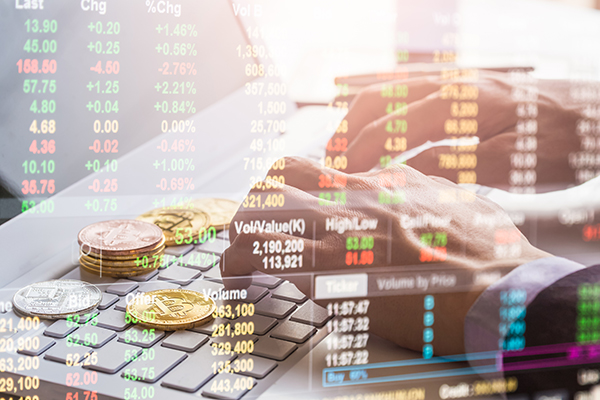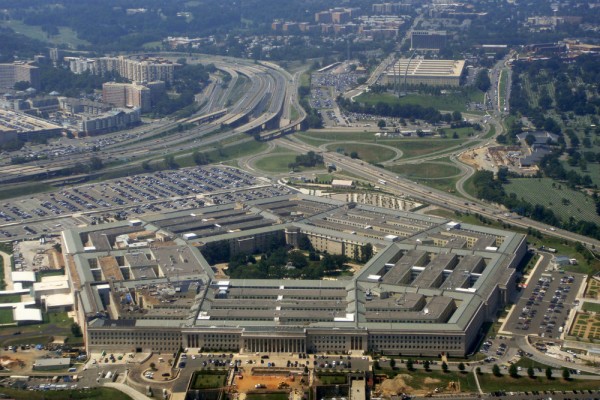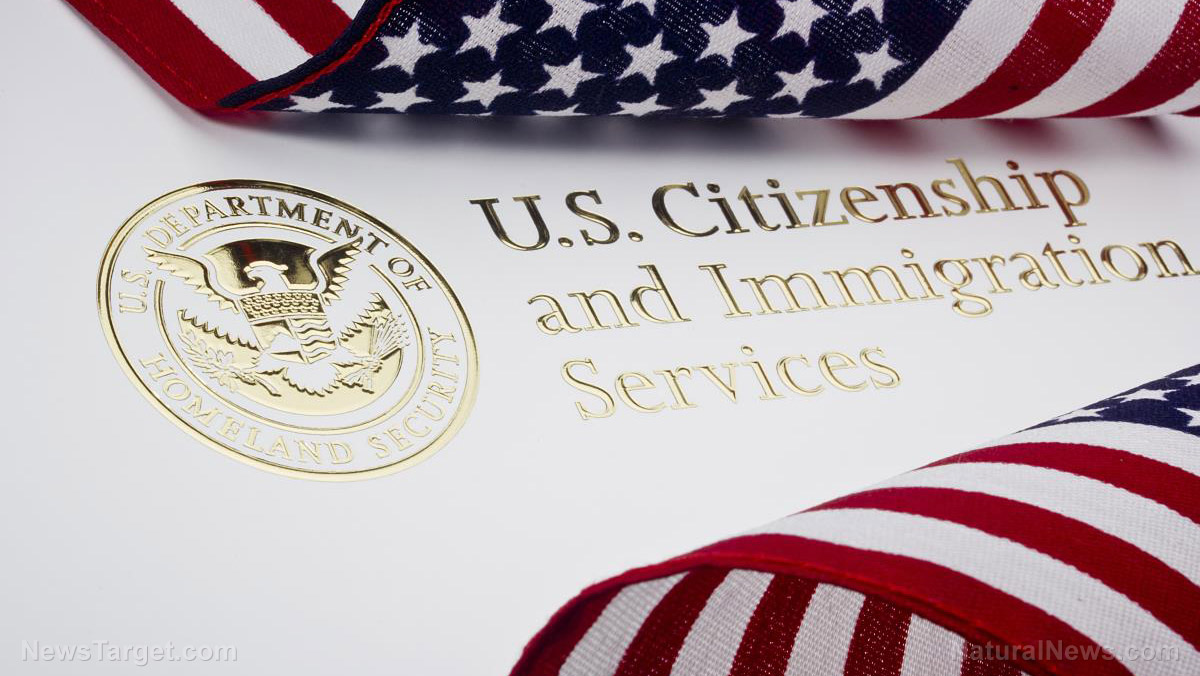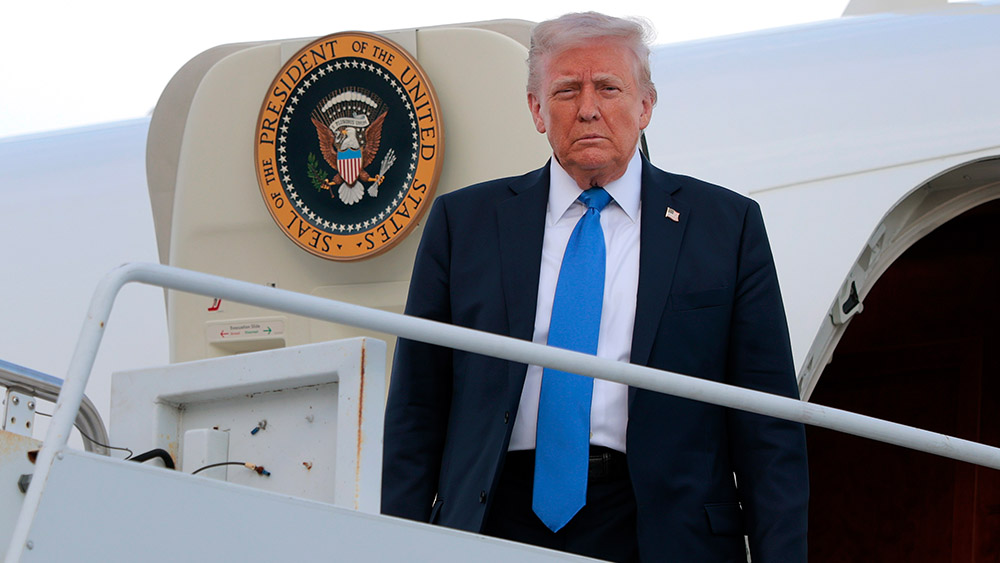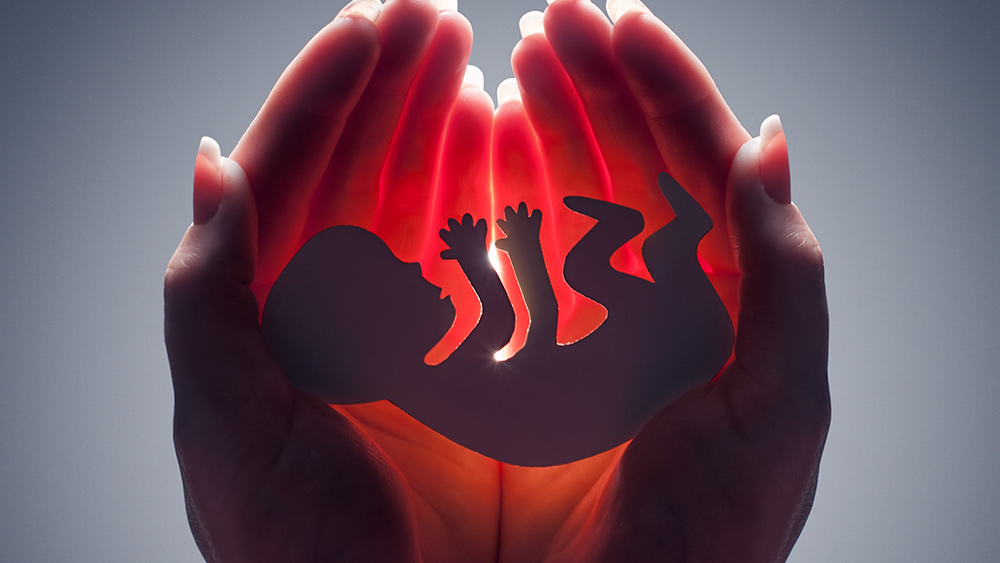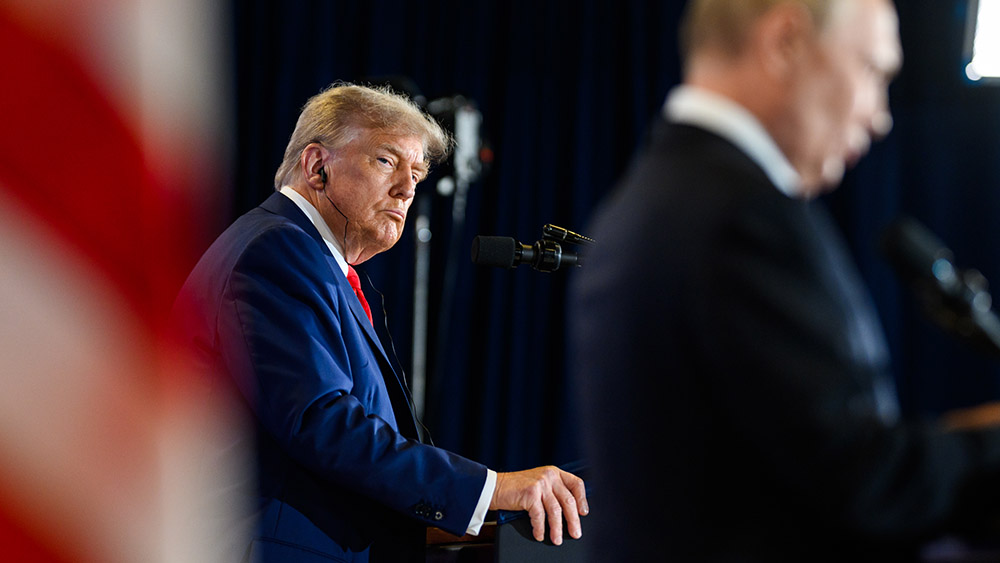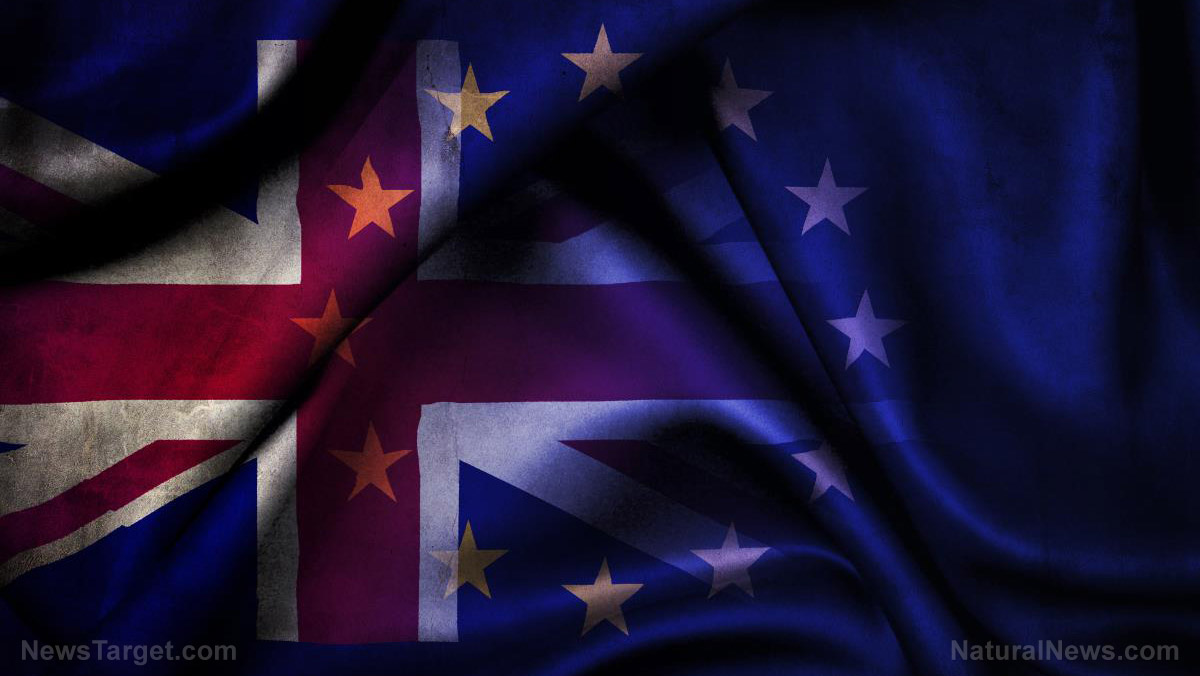Inflation climbed to 6.8% in November – highest rate in nearly 40 years
By arseniotoledo // 2021-12-13
Tweet
Share
Copy

Data for November shows that inflation climbed to 6.8 percent, the highest it has been since June 1982.
That was during the early years of former President Ronald Reagan's administration, when the United States was going through a steep and persistent recession. The inflation for June of that year surpassed the seven percent threshold. (Related: Companies believe supply chain issues, labor shortages are main causes of inflation crisis.)
The Department of Labor is expected to release the consumer price index (CPI) for November soon. This index measures the cost of a variety of everyday items, including food items and fuel. Wall Street expects the index to rise by 0.7 percent this month. This translates to a 6.7 percent increase from a year ago.
A large percentage of this increase is due to the rise in the costs of energy and food. But even without these two factors, the CPI is still projected to rise by 0.5 percent in November, and 4.9 percent compared to the same time last year. That would still be the highest recorded inflation since June 1991.
Aneta Markowska, the chief financial economist for the Jefferies Financial Group, blamed the inflation on more consumers buying more stuff.
"It was a demand shock," she said. "It's the U.S. consumer essentially that caused this inflationary impulse, by just buying more stuff than the global economy can produce."
Federal Reserve yet to react to rampant inflation
The Federal Reserve is expected to react to the record-breaking inflation. Chris Zaccarelli, CEO of the financial services company the Independent Advisor Alliance, believes this will force the Fed to double the speed of its tapering plans. "Specifically, the Fed is going to have to increase the pace of their tapering plans, potentially reducing their buying twice as quickly. Down by $30 billion per month instead of $15 billion per month – and then look to either balance sheet reduction or interest rate hikes, in order to combat inflation," said Zaccarelli. Fed officials are expected to do what Zaccarelli suggested and double the tapering off of bond purchases to $30 billion per month. Such a move would bring the program to an end by March 2022. Once that program ends, the Fed will start considering raising interest rates if inflationary troubles persist. The Fed's current program calls for hiking interest rates in May or June. Financial analysts believe there is a 61 percent chance that the Fed will hike its rates up to three times by Dec. 2022. "Everybody knows the [inflation] number is going to be really hot. But I think [if] it comes in above consensus, especially on the core side, that's going to further challenge the Fed to not only accelerate tapering, which is kind of a given at this point, but probably consider hiking in the early part of next year," said Tom Graff of the financial consulting company Brown Advisory. All these drastic changes to the economy are likely to negatively affect the perception of President Joe Biden's administration. Presidential approval ratings have already been sliding, with polls suggesting that voters do not like how he is handling the economy. They are also blaming him and his administration as the primary instigators of the inflation crisis. Biden has already set up a task force to deal with some of the perceived causes of the inflation crisis, such as the congestion at the ports and the decreasing national supply of petroleum. It is unlikely this task force will come up with solutions that a majority of the American people will agree with. Learn more about inflation by reading the latest articles at MarketCrash.news. Sources include: Finance.Yahoo.com CNBC.com TheStreet.comTweet
Share
Copy
Tagged Under:
economic collapse collapse economy financial collapse Federal Reserve crisis big government finance risk chaos products money supply inflation Joe Biden bubble price increase
You Might Also Like
Bank of Mexico to launch digital currency by 2024
By Kevin Hughes // Share
White House wants to cause class warfare between vaccinated and unvaccinated
By News Editors // Share
Defense department confirms leaked video of pyramid-shaped UFOs captured by the Navy
By Virgilio Marin // Share
By News Editors // Share
The Fed’s Catch-22 Taper is a weapon, not a policy error
By News Editors // Share
Recent News
The childhood crisis: How modern life is wiring kids for anxiety
By willowt // Share
Minnesota's abortion data gap: A troubling omission
By bellecarter // Share
Russia condemns U.S. intervention in Venezuela, backs new interim leader
By bellecarter // Share
U.K. prepares post-Brexit reset bill allowing automatic alignment with EU rules
By lauraharris // Share
